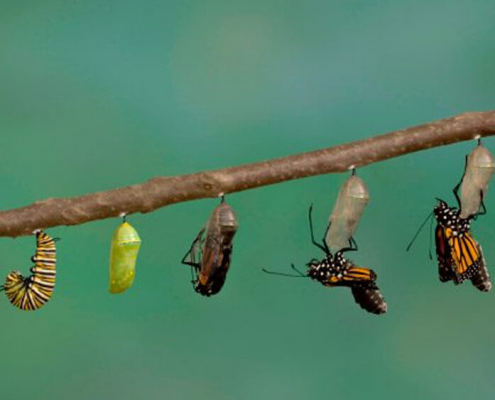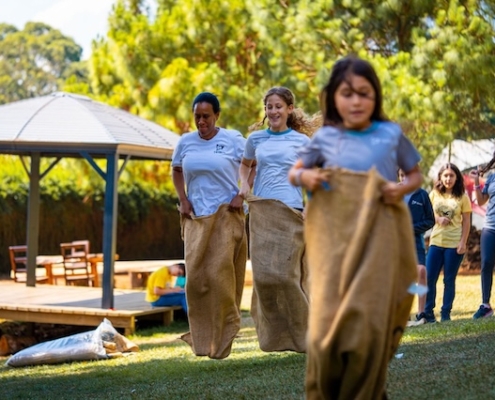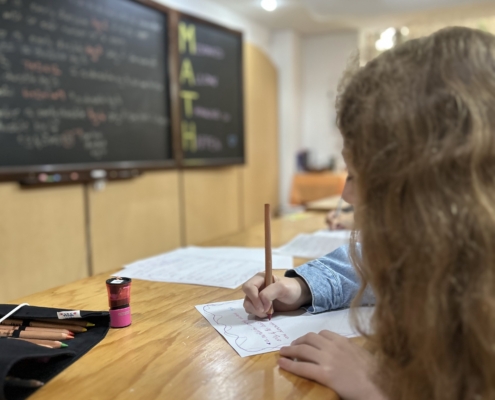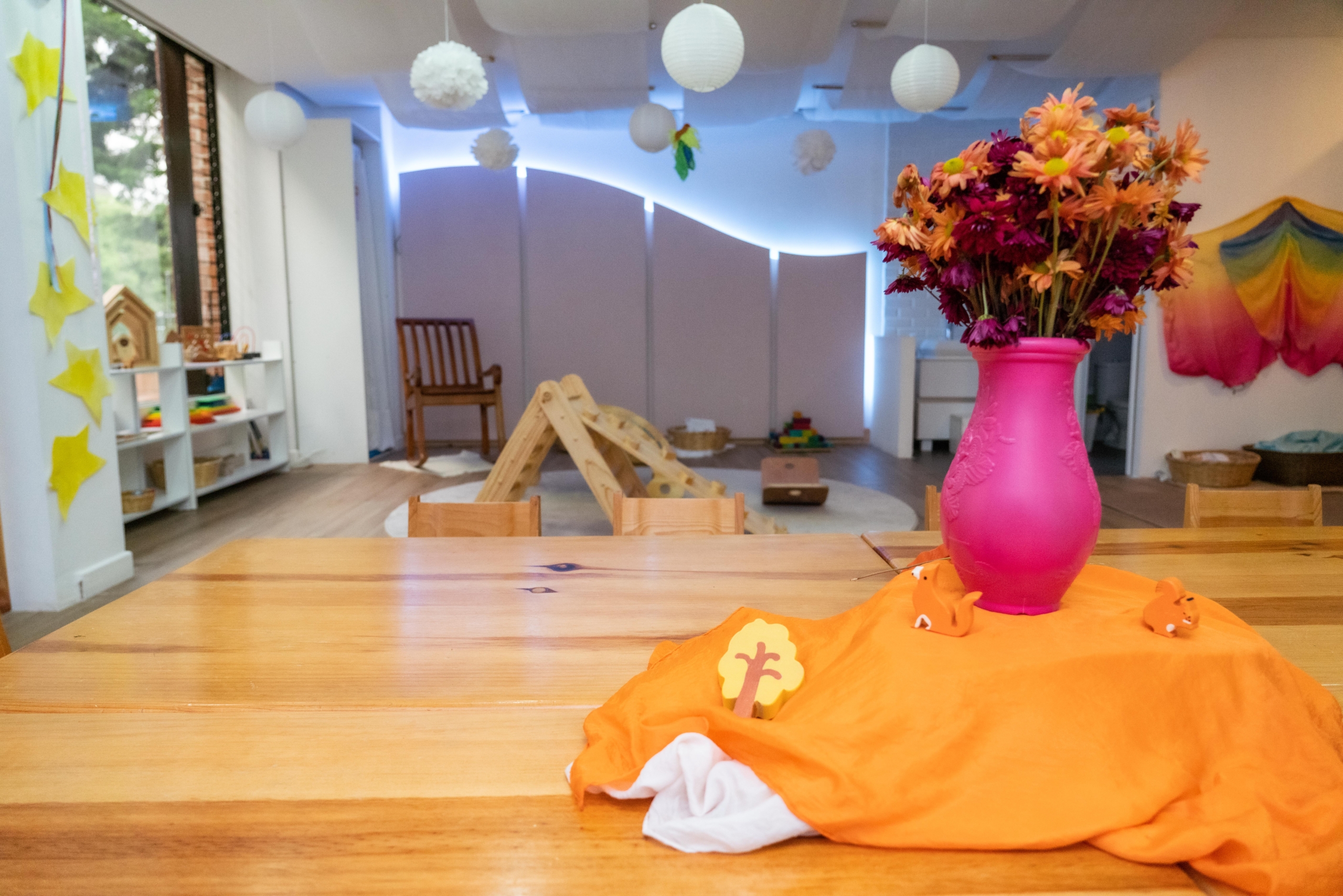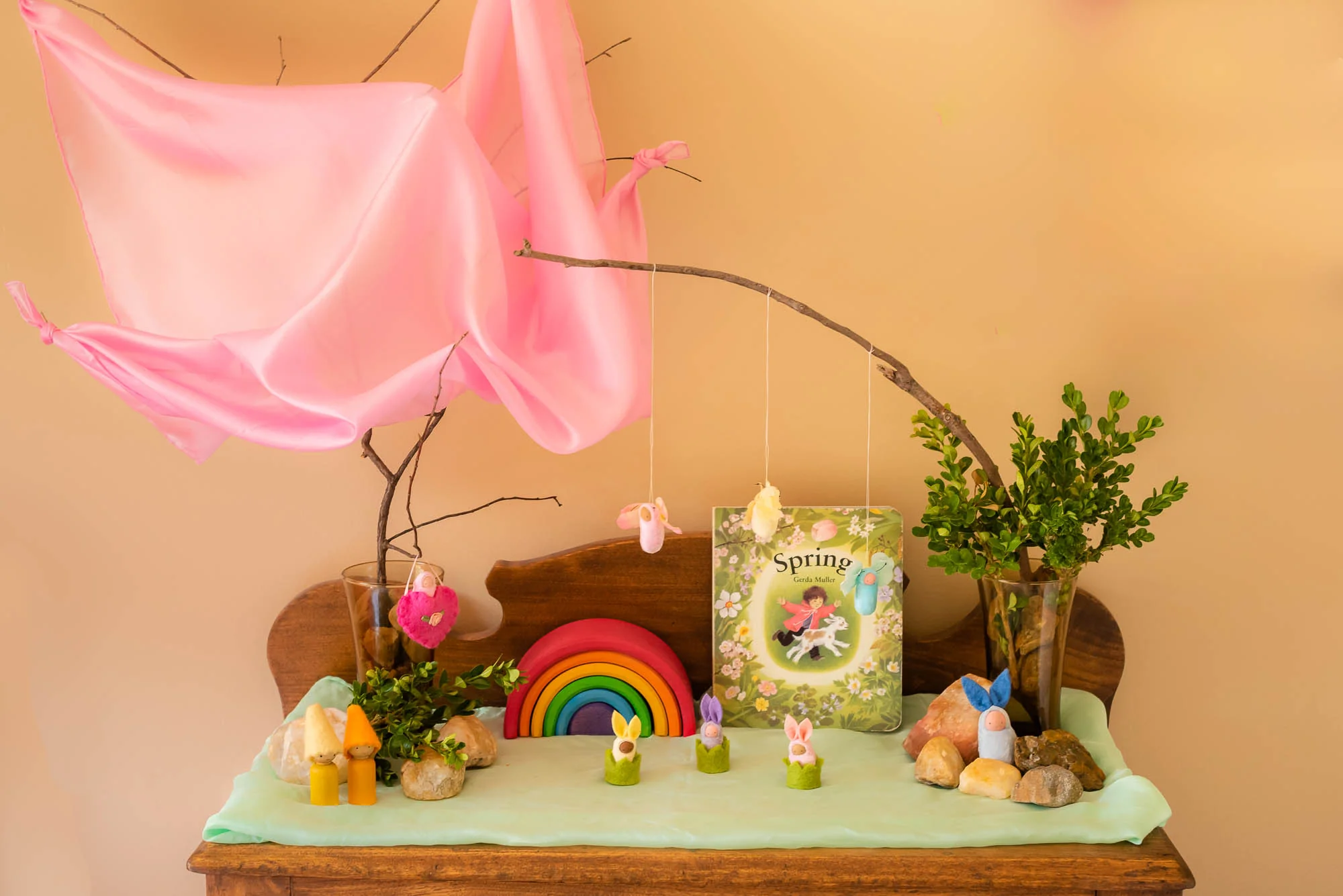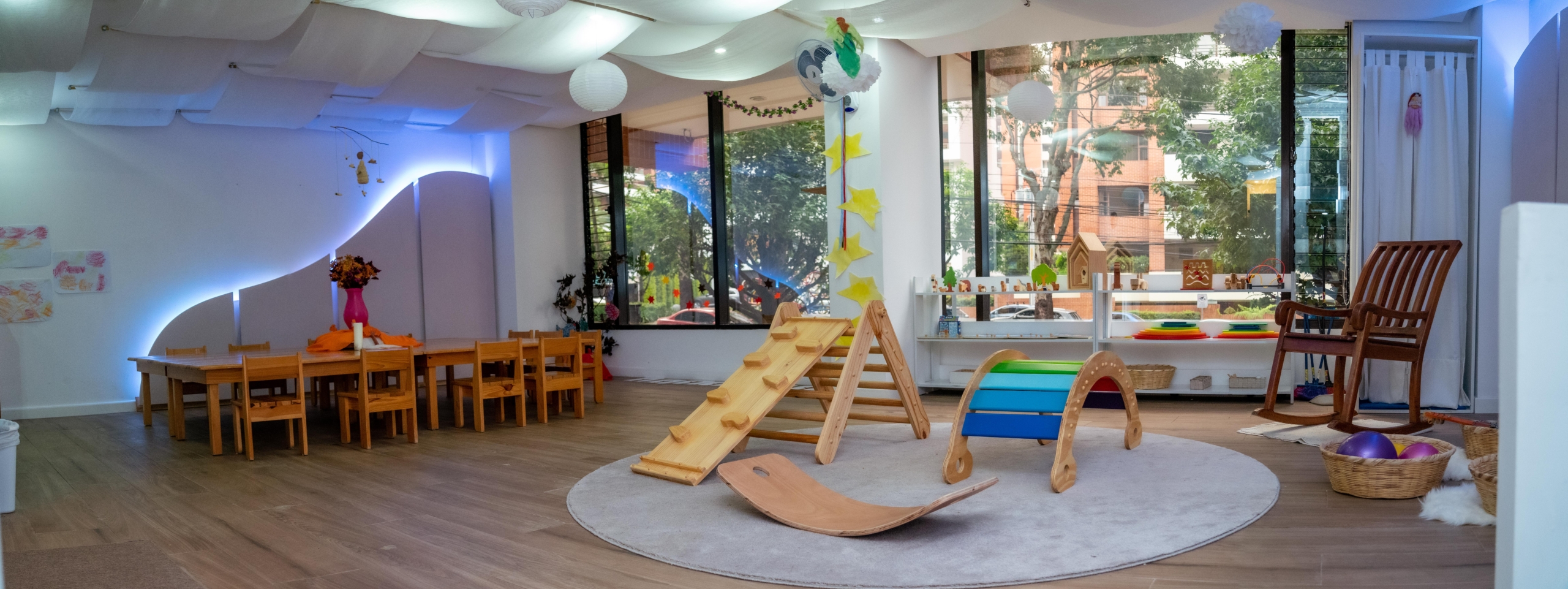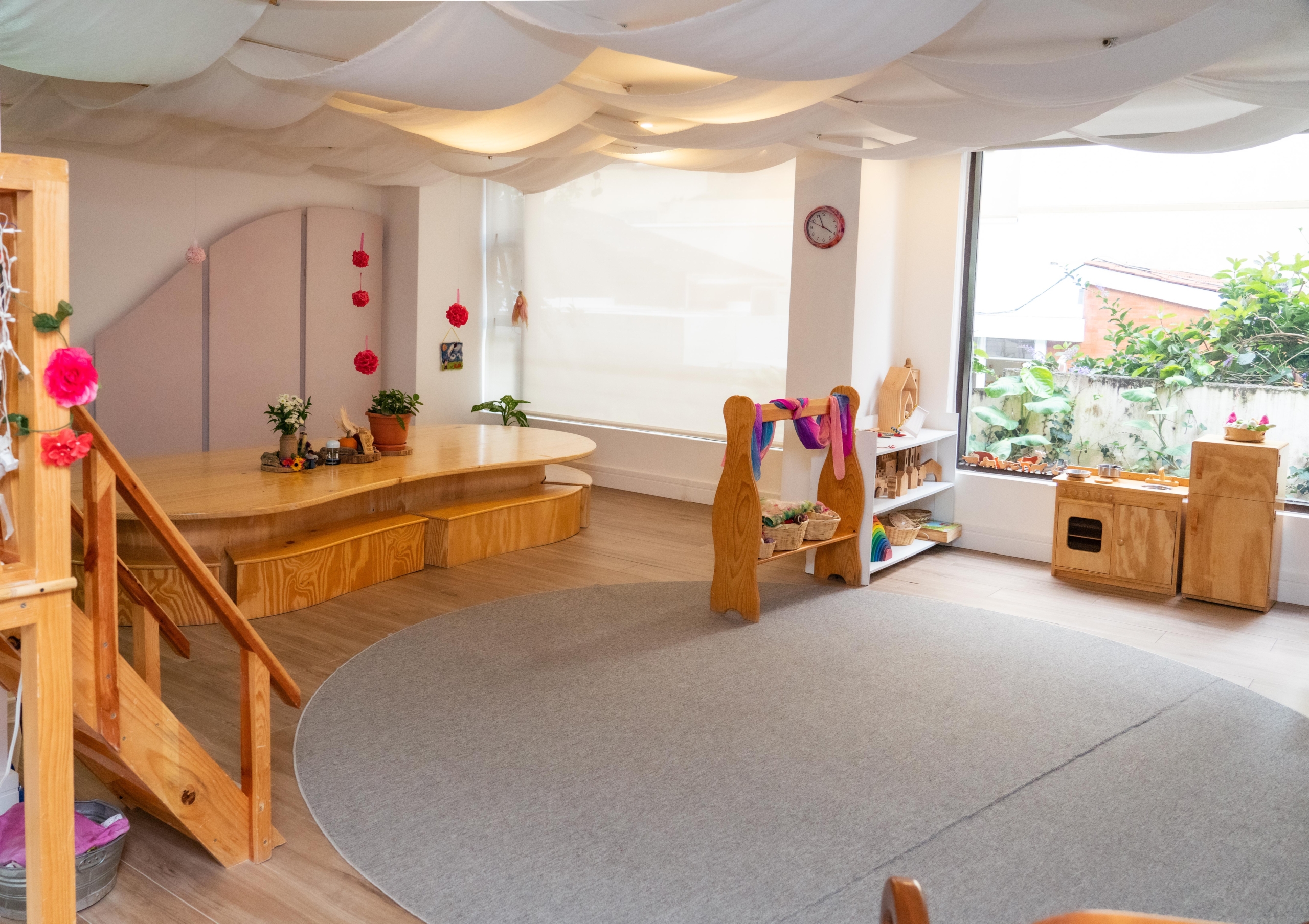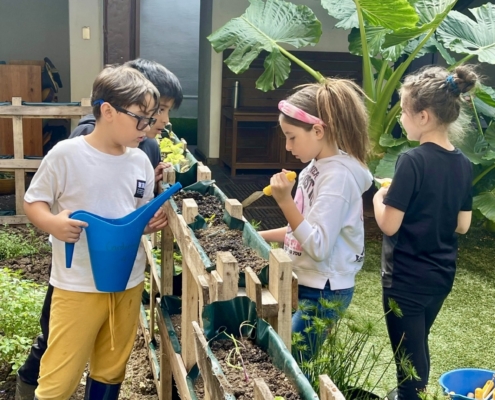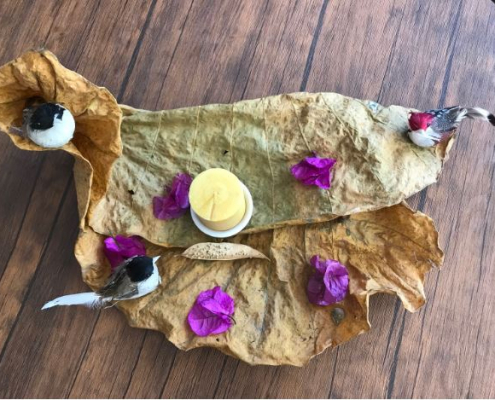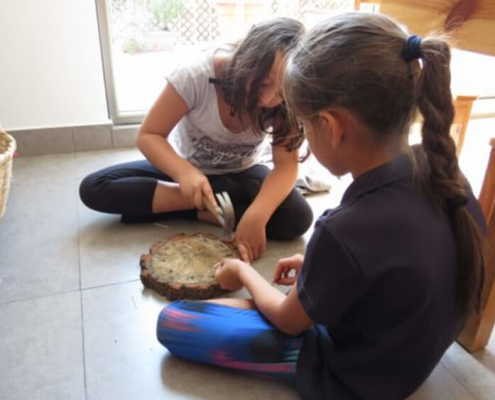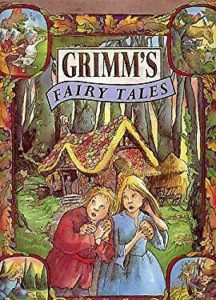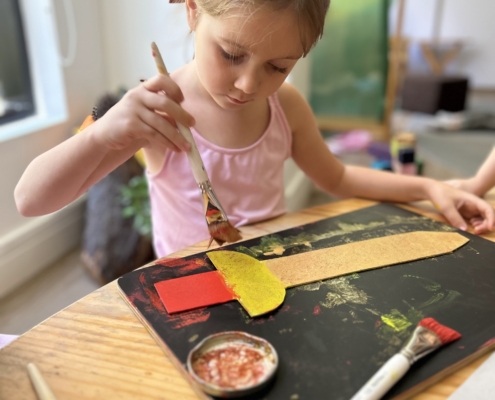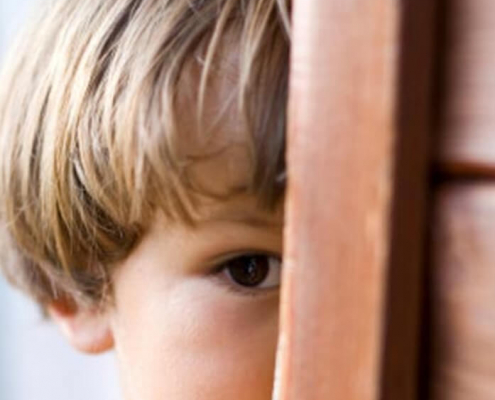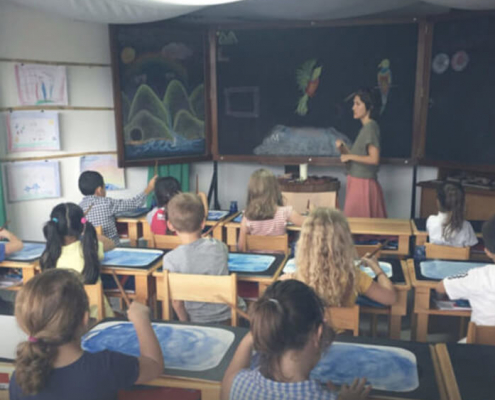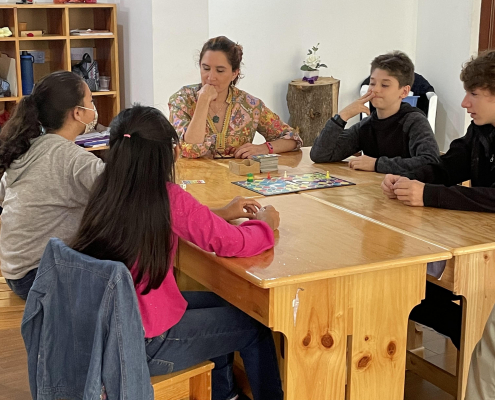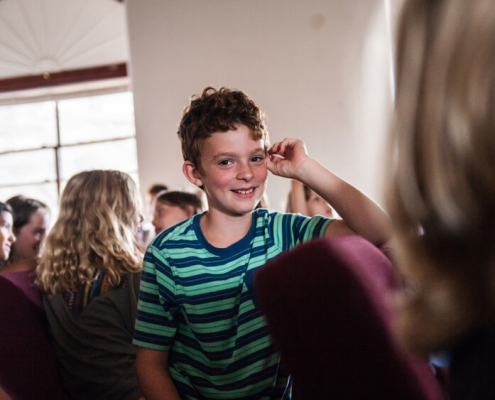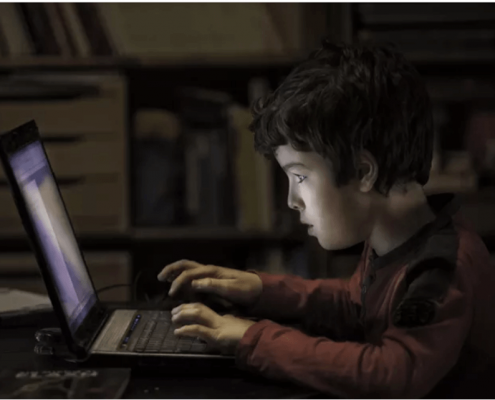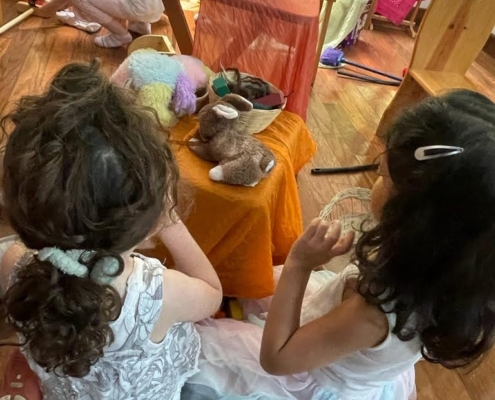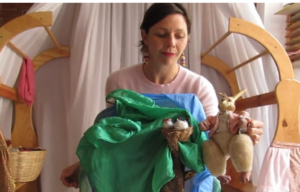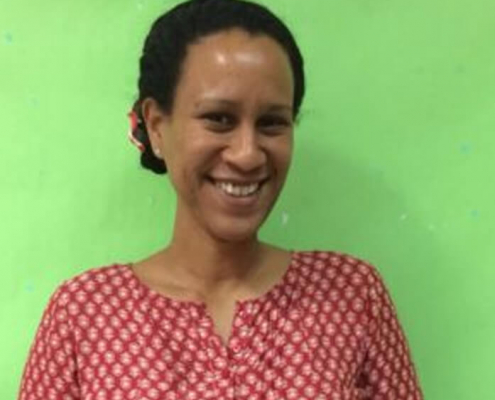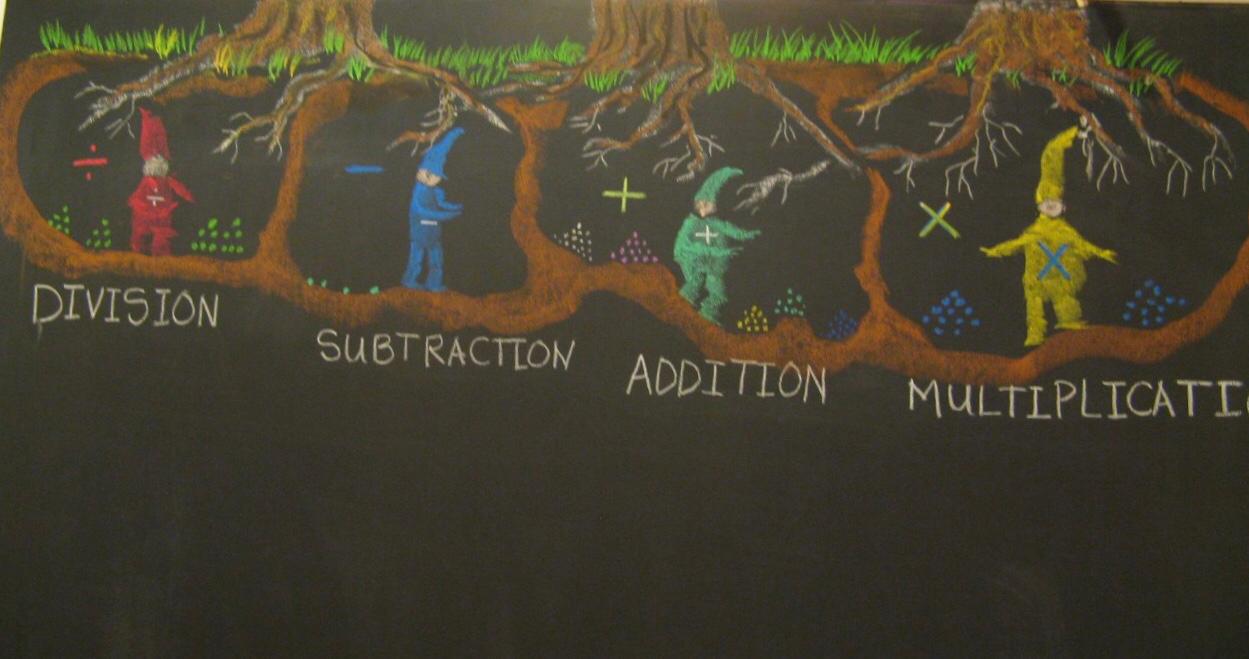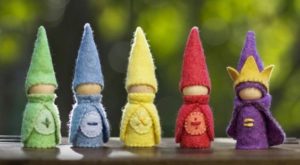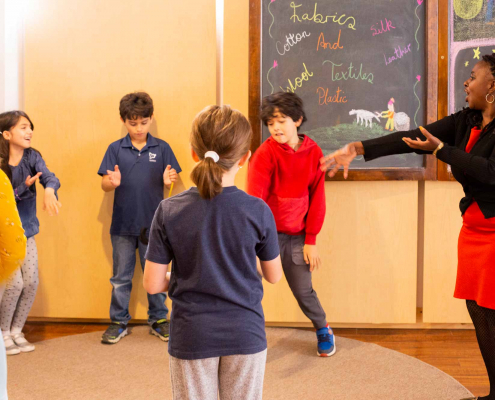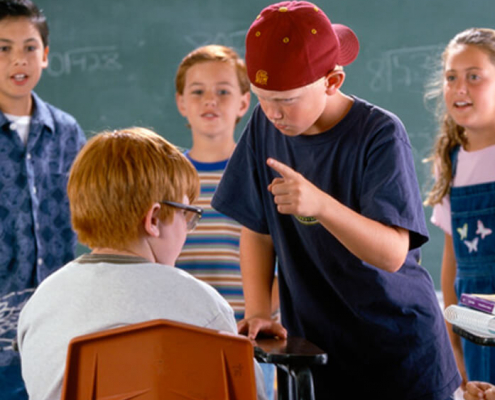Escuelas Waldorf: una educación que crece con el niño
La pedagogía Waldorf se basa en el conocimiento profundo de las necesidades del niño y en la búsqueda de una educación centrada en la espiritualidad, el arte, la creatividad y la libertad con responsabilidad. En Argentina ya hay más de 30 escuelas que ofrecen este tipo de educación y este número va en aumento. Te informamos sobre esta modalidad de enseñanza que tiene gran aceptación en el mundo y que cada vez más padres argentinos eligen para sus hijos.
Existen varios métodos pedagógicos, pero muy pocos lograron perdurar a lo largo del tiempo e incluso crecer como lo ha hecho el Waldorf. Tal es su consolidación y reconocimiento a nivel mundial, que además de estar aprobado por los sistemas educativos de la gran mayoría de los países, es promovido y apoyado por la UNESCO. Este organismo internacional reconoce que dicha modalidad logra que el niño aprenda sin descuidar los aspectos relacionados con su salud física y emocional.
La pedagogía Waldorf tuvo su origen en el año 1919, de la mano del filósofo alemán Rudolf Steiner y se fundamenta en una concepción del ser humano basada en la Antroposofía (ciencia del hombre). Para ahondar más en este concepto y comprenderlo, debemos tener en cuenta que esta ciencia considera al hombre como un ser tripartito (cuerpo-alma-espíritu) y por lo tanto, cuando de la adquisición de conocimiento se trata, tiene en cuenta al estudiante en todos estos aspectos.
Basada en dichos principios, esta modalidad de enseñanza pretende garantizar un aprendizaje apoyándose en el saber como conquista y descubrimiento. Porque no considera al individuo como un sujeto pasivo que deba ser enseñado y adiestrado, sino como un ser libre que necesita ir desarrollando progresivamente sus capacidades.
El método creado por Steiner divide a las etapas evolutivas del ser humano en 3 septenios:
• Primera infancia (0-7 años/jardín): en esta etapa la actividad central es el desarrollo del organismo físico. El método primordial de conocimiento es la imitación, teniendo en cuenta la voluntad activa del niño.
• Infancia media (7-14 años/primaria): en este estadío el conocimiento del mundo se realiza a través de la imaginación, la cual despierta y activa los sentimientos. Por lo cual el arte y la imaginación son herramientas fundamentales de aprendizaje en el segundo septenio.
• Adolescencia (14-21 años/secundaria): en este período se produce la maduración de la personalidad y se termina de desarrollar la capacidad intelectual. Aquí la búsqueda de lo real y la verdad son los ejes en el camino hacia el conocimiento.
Un eje fundamental de este tipo de enseñanza es el seguimiento personalizado que hace el docente de cada niño, captando así sus aptitudes e intereses y estimulándolo en sus potencialidades. Para ello, los grupos tienden a ser pequeños y en cada septenio el docente es el mismo, lo que permite un alto grado de conocimiento de los alumnos. Además, la mayoría de las escuelas cuentan con un equipo pedagógico-terapéutico capaz de acompañar al niño en su desarrollo, evaluando sus capacidades individuales y generando un esquema de aprendizaje que favorezca su avance, tanto académico como anímico-espiritual. Es por eso que las escuelas Waldorf también son aptas para niños con problemas de aprendizaje o necesidades especiales.
También es pertinente resaltar que en la pedagogía Waldorf lo lúdico se presenta al niño para incentivar distintas áreas según sus capacidades madurativas, como por ejemplo, el conocimiento, la afirmación, la confianza, la voluntad, la comunicación y la cooperación con su prójimo.
Actualmente, en el mundo hay más de 3000 entidades educativas de modalidad Waldorf. En Argentina, cuya primera escuela de esta pedagogía data de 1940, ya están establecidas más de una treintena de instituciones que se rigen por este método de educación.
“Mucho se dice sobre que la educación tradicional está en crisis y en este marco, los padres afirman que no saben qué hacer con sus hijos, que no hacen caso y que se cansan rápidamente de jugar con los mismos juguetes. Mientras que los maestros se quejan de que los chicos de ahora son inmanejables y que con las herramientas pedagógicas actuales no logran satisfacer las demandas”, expresa Laura Oliveira, docente de una reconocida escuela Waldorf de la Ciudad Autónoma de Buenos Aires y asegura: “Tengo conocimiento de que cada vez más padres eligen este tipo de educación para sus hijos. Incluso en muchos casos son ellos mismos quienes junto a maestros gestionan la apertura de estas escuelas, como ha sido el caso de un jardín en Rosario y en tantos otros puntos del país”.
En cuanto a los límites, la docente opina que son necesarios y que no faltan en las escuelas Waldorf desde el nivel inicial. “La manera de indicarlos es guiándolos hacia donde tienen que ir y ayudándolos a que ellos mismos comprendan la necesidad de participar de lo que estamos haciendo. El que no acepta las pautas es esperado y protegido, no castigado. Se trata de evitar decirles que no”, subraya Oliveira, y afirma que uno de los objetivos es que vean a la autoridad con amor.
Justamente por plantearse entre sus objetivos el desarrollo de la libertad individual, muchas personas tienden a pensar que estas escuelas son poco exigentes y poco estructuradas. Sin embargo, los contenidos que se aprenden no solo abarcan a los de la enseñanza oficial sino que los sobrepasan, tomando los aspectos de la educación artística, artesanal y técnica. Los egresados de los distintos niveles se adaptan con naturalidad a otros sistemas educativos tanto en el polimodal como en la universidad.
¿Cuáles son las características que diferencian a las escuelas Waldorf de las tradicionales?
• El maestro es el mismo durante cada septenio: el objetivo de esto es que el docente adquiera un conocimiento profundo de cada niño, pudiendo satisfacer sus necesidades pedagógicas en cada momento.
• No hay un horario mosaico: esto significa que un área de conocimiento se profundiza durante aproximadamente 3 o 4 semanas y luego se pasa a la siguiente.
• No hay boletín: el maestro evalúa el proceso de aprendizaje a través del contacto cotidiano con los alumnos y da la evaluación a sus padres durante todo el ciclo lectivo. Esta peculiaridad procura no fomentar la competitividad entre los alumnos.
• Se recurre al arte en materias curriculares: el canto, la música, el movimiento y las manualidades son recursos utilizados en matemática, lengua o ciencias.
• Talleres de oficios: los niños participan en talleres de carpintería, cocina, tejido y jardinería, entre otros.
• Alimentos del cuerpo y del alma: en estas escuelas se da vital importancia a lo que se ingiere a través del cuerpo y del alma. Por ello se promueve el consumo de alimentos naturales, evitando las golosinas y la comida industrializada. Y se cuida celosamente lo que los niños escuchan, ven o sienten, brindándoles la contención y el amor para su desarrollo psíquico y emocional.
• Desaconseja el uso de la T.V. y computadoras para los niños: ya que sostienen que todo esto aleja al chico de su tarea principal, que es el desarrollo de sus sentidos de percepción, de su mente y su creatividad.
• Fomenta el respeto por los ritmos y cursos naturales: por ejemplo, un horario regular sano para comer e ir a dormir colabora con los ritmos metabólicos del organismo.
• Los padres tienen una participación muy importante en las escuelas: proveen los medios necesarios para que la institución pueda funcionar. Y participan, junto con los maestros, en comisiones con diferentes tareas.
• Promueven la educación religiosa en la familia y no en el ámbito escolar: estas escuelas tienen una orientación cristiana, como camino evolutivo del hombre. Sin embargo, no dan catequesis en sus programas pero incentivan que esta formación sea dada en el hogar. Por su parte, estimulan a los niños a venerar y contemplar los hechos que tienen que ver con el milagro de la vida, sus ritmos y sus etapas, tales como las estaciones.
Teniendo en cuenta que la pedagogía Waldorf es un método complejo, su conocimiento no se agota en una enumeración de las características que la diferencian de las escuelas más tradicionales. Esencialmente, esta modalidad que plantea la educación como un desarrollo hacia la libertad individual, incorporando la expresión artística como herramienta, tiene como objetivo no solo el crecimiento intelectual sino además una saludable evolución física, psíquica y emocional de las generaciones futuras.
Una propuesta muy interesante en materia educativa. La clave, dicen los especialistas, está en darse la libertad de vivenciarla y constatar los beneficios para nuestros hijos.
“El niño ha de ser recibido con respeto, educado con amor, puesto en la vida finalmente, en libertad”, palabras que sintetizan el pensamiento de Rudolf Steiner, padre de esta famosa pedagogía que cada vez cobra más auge en nuestra sociedad.
Un poco de historia…
En 1919 Steiner visitó la fábrica de cigarrillos Waldorf Astoria, en Stuttgart, Alemania y habló a los trabajadores sobre la necesidad de una renovación social, de una nueva forma de organizar la sociedad, su vida política, cultural y económica. Allí hizo la propuesta del abordamiento del hombre como ser tripartito y sus necesidades. El dueño de la fábrica, Emil Molt, le solicitó así a Steiner encargarse de establecer y dirigir una escuela para educar a los hijos de los empleados de su empresa en este nuevo sentido social. Así nació la Escuela libre Waldorf. La educación que recibieron estos niños fue tan innovadora y evolucionada, que pronto comenzaron a surgir escuelas Waldorf en Alemania y luego el movimiento se extendió por el resto de Europa y el mundo.
Famosos Waldorf
Entre las celebridades que han estudiado en escuelas de enseñanza Waldorf se encuentran: Jennifer Aniston, Kenneth Chennault, Michael Ende, Sandra Bullock, Barbara Becker, Meret Oppenheim, Ferdinand Alexander Porsche, Linn Ulmann, Kristen Nygaard, Nira Bravo. En Argentina podemos mencionar a Nicolás y Andrés Repetto, Andrés y Javier Calamaro, y Ursula Vargues.
Puedes encontrar el artículo original aquí.

